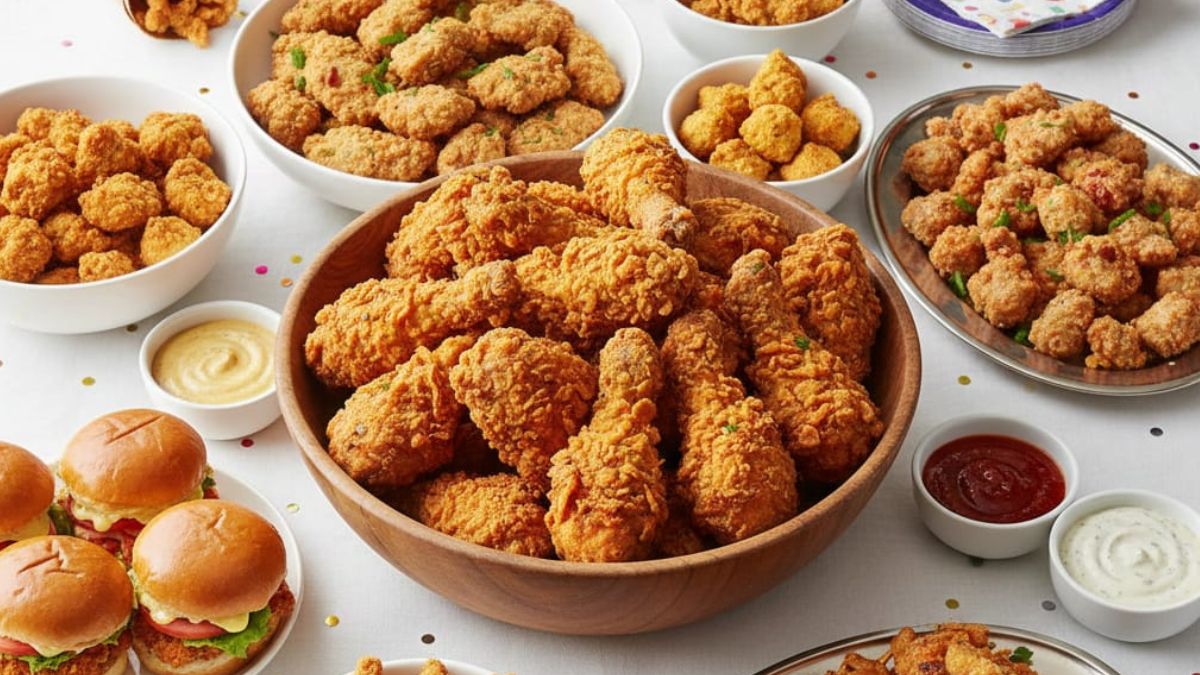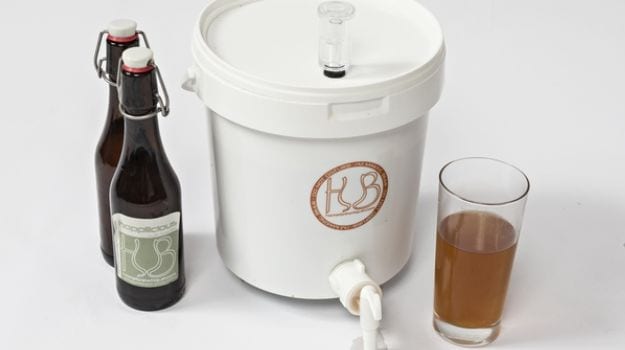Homebrew has come a long way since the horrors of your dad’s undrinkable attempts at alcoholic drinks – these days you can make ale to be proud of
Gluttony and laziness aren’t brilliant traits to be born with, but they are the crosses I must bear. Without intervention, my life would spiral down into a mess of Doritos, Jaffa Cakes and bedsores until I drown in the depths of my own fleshy crevices at a tragically young age.
The only way to stem my gluttony, I’ve discovered, is to make things as difficult as possible for myself. So, when possible, I only eat bread if I’ve baked it myself. Rather than wolfing down endless petrol station sandwiches all day, I now only indulge when I’m desperate enough to commit to hours of faff. And I’m not usually that desperate because, as I mentioned, I am also quite lazy.
I recently decided to extend this approach to beer – from now on it would be homebrew or nothing. Which realistically meant nothing. Because homebrewed beer is disgusting, isn’t it? My teenage years were largely spent gagging on waxy, watery, bile-tasting brews dug out of strangers’ parents’ drinks cabinets at 2am as a last resort to liven up terrible house parties. Nobody in their right mind would brew their own beer. Especially when the pub’s right there.
However, little did I know that a homebrew renaissance has been building, started by beer aficionados rather than bored middle-aged hobbyists. There are thousands of homebrew scientists out there now, tinkering endlessly with hops and aromatics and various obscure yeast strains in a bid to perfect the craft, and they’re producing some of the best beers in the country as a result.
Which is all well and good but, just to reinforce the message, I am lazy. So I took the easy road and bought a starter kit from a company called Homebrewtique. For £70, you get sent all the equipment – bottles, fermenter, thermometer, brew bag – plus a set of pre-measured ingredients in little silver pouches. This approach strips away the sense of experimentation that seasoned homebrewers love, but on the upside you know you’re not going to spend a month of your life making swill. Homebrewtique has a vast range of recipes from milk stouts to bitters to session ales. I picked an IPA called Hoppilicious and set to work.
A word of advice: don’t make your homebrew before you plan to go out. This is because you’ll get flustered and accidentally snap your thermometer in half. And then you’ll make your entire house smell like composty old bums. After that, you’ll alienate everyone you love, have a full-scale stress attack and come dangerously close to irreparably ruining the weekend for everyone. I may or may not be speaking from experience here.
But back to the process, which is actually incredibly easy. First you make wort by boiling grains in your biggest stockpot. This is definitely the trickiest part because it needs the most attention – if it doesn’t hit exactly the right temperature, you run the risk of undoing the whole endeavour.
It’s also, incidentally, the part that will make your house stink so much that your partner will accuse you of deliberately attempting to sabotage their precious time off. After that you add your hops in increments, cool the wort in an ice basin and tip the whole lot into the fermenter, which is basically a bucket with a tap on it. A fortnight later, you pour the beer into the bottles and leave them somewhere dark. A fortnight after that, you get to taste the fruits of your labour.
Unbelievably, it worked. My beer is ridiculously good. It’s hoppy and fruity and beautifully easy to drink. There’s a hint of astringency there, but that fades with time.
It smells wonderful, too. In fact, this has been such an inexplicable success that I’m now working on a second batch. I might end up drinking more beer than ever. I might be drunk all the time soon; In conclusion, I don’t know whether this experiment has been a success or a terrible, terrible failure.
Stuart’s home beer-brewing kit. Photograph: David Levene for the Guardian







